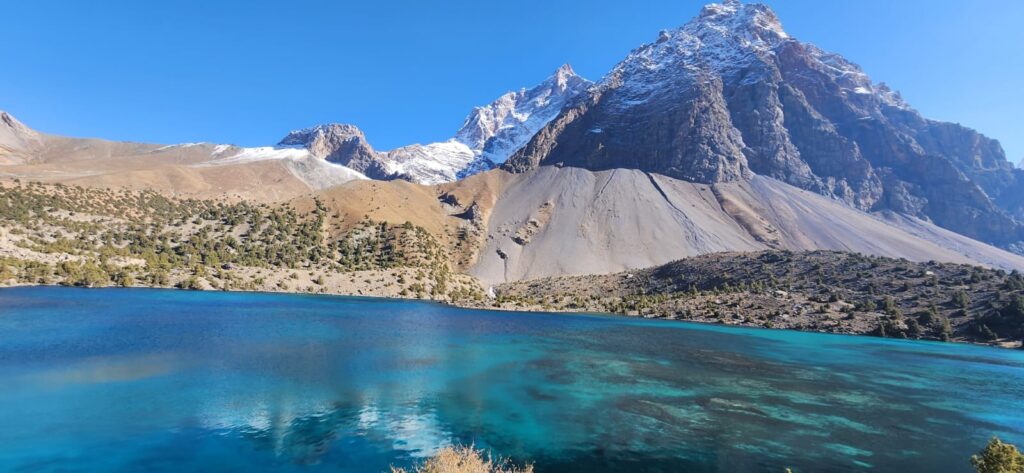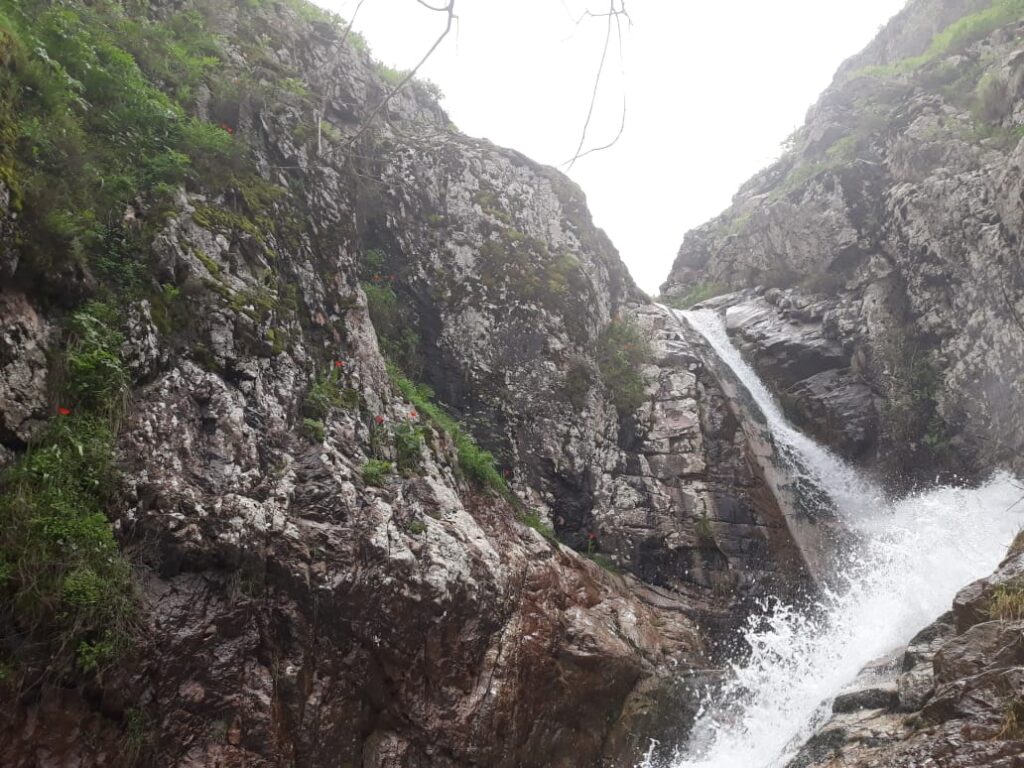The sound comes first—a low rumble that grows into a roar. By the time villagers hear it clearly, the brown torrent is already spilling down the mountainside, carrying stones, branches, and the unmistakable smell of wet earth. In Tajikistan floods and mudflows are not rare events. They are seasonal realities, woven into life in valleys where snowmelt meets unstable slopes.
The geography makes it inevitable. Mountains cover more than 90 percent of Tajikistan, and rivers carve through steep valleys before reaching the plains. Every spring, melting snow and rain saturate the soil. When the water overwhelms the land, hillsides collapse. What follows can be catastrophic: homes swept away, roads buried, fields destroyed in minutes. According to Tajikistan’s Committee of Emergency Situations, more than 300 floods and mudflows were recorded between 1990 and 2015. Today the risks remain acute.
In the Rasht Valley, villagers patch stone walls along riverbanks, hoping to hold back the spring surge. Children walk to school along paths that edge eroding slopes. One farmer says simply: “We live with the river. Sometimes it gives, sometimes it takes” (UNDP, 2016). His words capture the paradox of water here: lifeline and hazard, blessing and threat.
Floods in Tajikistan are not distant disasters watched on television. They are lived events, reshaping villages in real time. A bridge gone means hours of detour. A buried canal means crops wither. A single mudflow can undo months of labor. For families already on the margin, the line between stability and ruin is only as strong as the next storm.
Soviet planners tried to tame these rivers. In the 1960s and 1970s, embankments and check dams were built, especially in the Vakhsh and Zarafshan valleys. But maintenance has faltered. Today, many protective walls are cracked, vegetation sprouts between stones, and equipment to dredge rivers is scarce. When the water rises, these old defenses often fail.
In May 2016, heavy rains trigger a mudflow in Panjakent, damaging dozens of homes. Local authorities respond quickly, but their resources are limited. Bulldozers clear roads; villagers shovel mud from courtyards. Within days, life resumes. Yet the memory lingers. “We clean, we rebuild, but we cannot stop it from happening again,” a resident tells Asia-Plus.
Statistics only hint at the lived experience. According to EM-DAT, the international disaster database, Tajikistan ranks among the world’s most mudflow-prone countries. Losses are measured not just in lives and houses, but in fields where crops vanish under silt. Wheat, barley, and potatoes planted in March can disappear in May beneath a gray crust. For subsistence farmers, that means borrowing money, selling livestock, or sending sons abroad for work.
Climate change intensifies the problem. Glaciers are shrinking, snowpacks melting earlier, and rainfall patterns shifting. A 2015 World Bank report warns: “The frequency of extreme weather events, including floods and landslides, is expected to increase in Tajikistan” (World Bank, 2015). These warnings feel immediate. April storms bring sudden floods in Khatlon; June storms trigger slides in GBAO. Each event reinforces what villagers already know: the mountains are unstable, and getting more so.
Mudflows are also social events. When a torrent strikes, the whole village gathers: some dig channels to redirect water, others rescue livestock, women cook for workers, elders organize labor. In this way, floods both divide and unite. They destroy homes, but they also reaffirm community resilience. As one villager near Faizobod remarks: “We cannot fight the mountain alone. We must fight it together.”
The government recognizes the threat but faces constraints. The Committee of Emergency Situations issues warnings, but communication gaps remain. Radios crackle; mobile coverage is patchy in mountain valleys. Sirens are rare. Most warnings travel by word of mouth, neighbors telling neighbors as the sky darkens. International agencies support early-warning projects, but coverage is still partial.
Geographers point out that vulnerability is not only natural but human-made. Deforestation, overgrazing, and poorly planned construction weaken slopes. When trees are cut, soils lose their grip. When houses are built along riverbeds, they lie in the direct path of floods. Soviet-era collective farms once maintained drainage systems; their collapse left gullies unmanaged. The result is a landscape primed for disaster.
Yet adaptation is possible. Pilot projects experiment with reforestation on steep slopes, gabion walls to reinforce riverbanks, and community disaster committees. These efforts are modest but meaningful. They show that floods are not inevitable tragedies but risks that can be reduced.
To live in Tajikistan is to live with mudflows. They are part of the seasonal rhythm, feared but familiar. The sound of rushing water in spring can mean renewal or destruction. The uncertainty is constant. But so is the resilience of people who shovel mud, rebuild houses, and plant again.
Standing in a valley after a flood, surrounded by broken walls and wet earth, one sees not only vulnerability but persistence. Families salvage what they can, neighbors help each other, and life continues. Tajikistan’s floods remind us that geography is not only about landscapes but about endurance: the way people adapt, rebuild, and carry on, even as rivers shift and mountains move.
References
- Asia-Plus. (2016). Mudflows damage homes in Panjakent. Asia-Plus News Agency.
- EM-DAT. (2016). The International Disaster Database: Tajikistan Floods and Mudflows. Brussels: CRED.
- UNDP. (2016). Community Voices: Water and Risk in Tajikistan. Dushanbe: UNDP Tajikistan.
- World Bank. (2015). Turn Down the Heat: Confronting the New Climate Normal. Washington, DC: World Bank.








